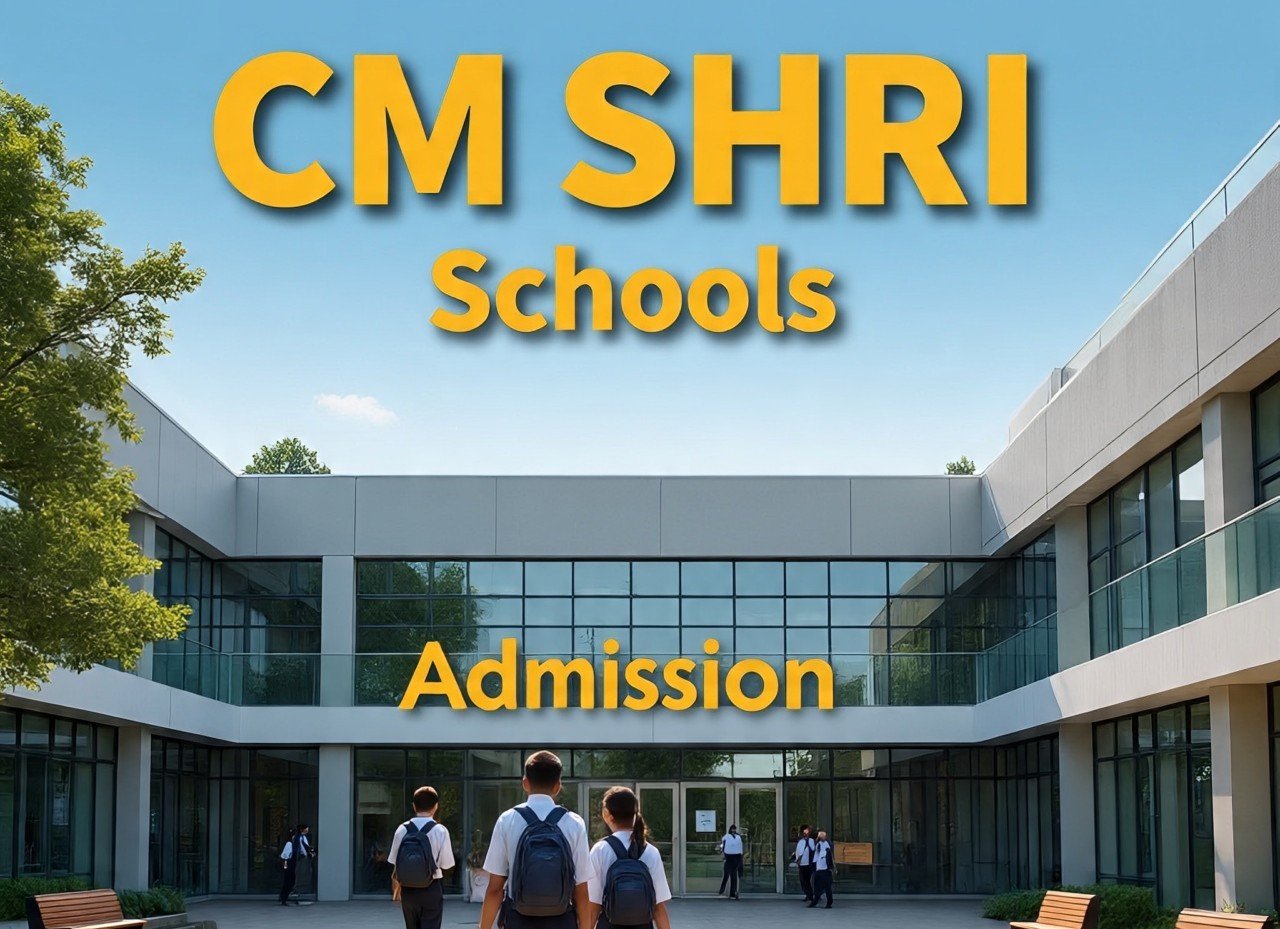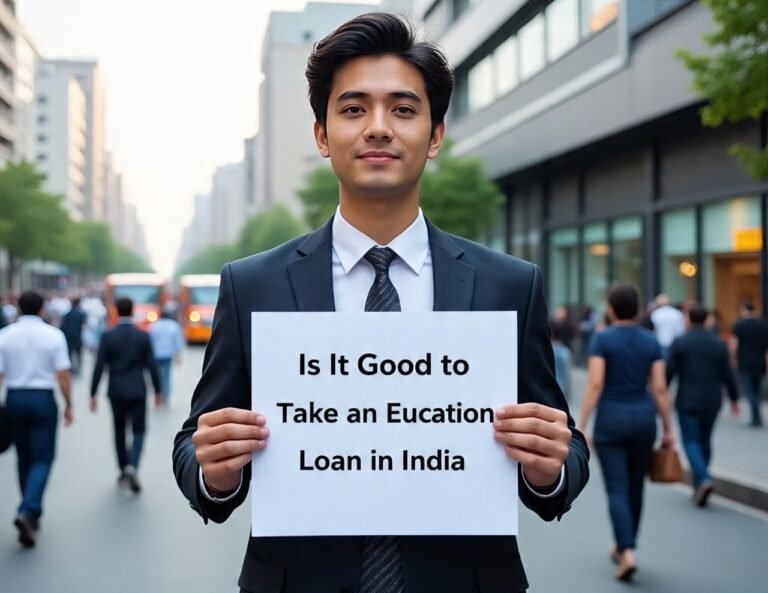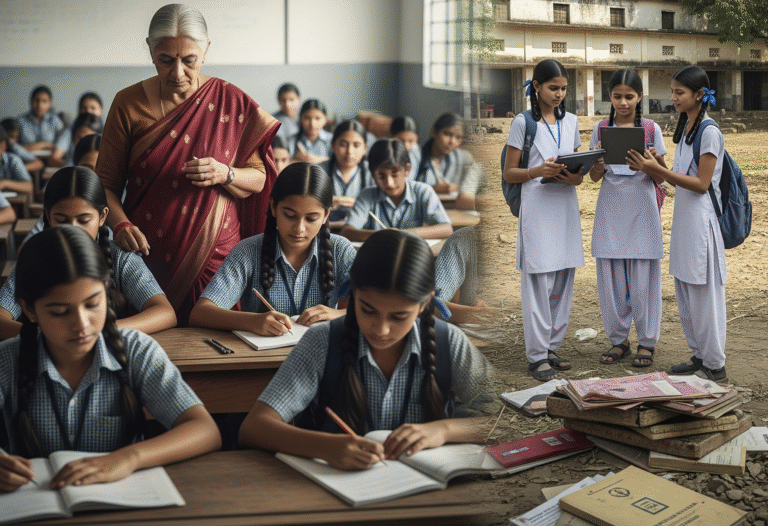CM SHRI Schools Admission Fever: Dreams or Desperation?

CM SHRI Schools admission, the famous exam. Society’s new obsession. “If my child makes it, they’ll be set for life.” The fever is everywhere. Lines outside computer cafes. Parents whispering strategies at chai stalls. Kids glued to test booklets. Why? Because the Common Man School for Rising India (CM SHRI Schools admission) entrance exam has arrived and with it, a tidal wave of hope—and something a lot uglier: desperation.
The Craze for CM SHRI Schools Admission
Forms open. Family WhatsApp groups light up. “Apply now!” Shoutouts. FOMO. By the first week, over 50,000 applications pour in for just a handful of schools in Delhi. Yes, the numbers are real. Nearly 15,000 for Class VI, over 15,000 for VII, and a staggering 20,000+ for VIII. Just in Delhi. For one type of school. What’s behind this stampede?
The schools are new. Futuristic infrastructure. Shiny tech. Robotics labs. Smart classrooms. AI-enabled libraries. AR and VR in the syllabus. Biometric attendance. Even the words sound like magic. Many believe these are the golden tickets. As if a chair in one of these classrooms is the only thing that separates “ordinary” from “successful.”
Overview of the Exam
The exam is competitive but clear in format. Open to resident students enrolled in Delhi schools for Classes VI, VII, and VIII. Fair, on paper. Government guidelines. Bilingual OMR (Multiple Choice) exam. No negative marking. Sections include Hindi, English, General Awareness, Mental Ability, Numerical Aptitude. 100 questions. 150 minutes. App window: July 30–August 15. Result out: September 10.
Reservations in place. 50% of seats for government or aided school students. 5% relaxation for SC, ST, OBC (non-creamy layer), and kids with special needs (CWSN). There’s accessibility. There’s an attempt at equity. So why the panic?
Where Desperation Grows
Listen to what is said. “If my kid gets in, doors will open.” “Private school fees are too high—it’s now or never.” “His whole future depends on this test.” The logic feels simple. Secure an admission, secure a future. But step back. Not all who get in will soar. Not all who miss out will fail.
Parents worry. They picture only one path. One ticket. One gate to success. No admission? Suddenly the world for them seems to shrink. As if every other road closes. Fear multiplies. Pressure mounts. Coaching centres flourish. Some students too young to really understand—start believing this one test is everything.
Media and Hype
Numbers fuel hysteria. News articles. Airtime. “Record applications,” headlines scream. Politicians tour campuses. Cameras follow. Success stories spotlighted. If there are 50,000 applications, only some walk away with smiles. But what happens to the 40,000+ who don’t? Silence. No one asks. Society looks away.
False Certainty
Parents aren’t evil. They want the best. But the system pushes them. Glossy brochures. Inspirational speeches. “These schools will make leaders.” “NEP-aligned model.” The subtext: Regular schools just aren’t enough. “If I don’t get my child in, I’m failing as a parent.” Truth rarely punches through.
But no test—not CM SHRI schools admission, not any—predicts a child’s destiny. No campus guarantees a happy, meaningful life. The world is full of people who never took an exam like this, and found joy, wisdom, purpose anyway.
The Real Role of School
What’s a school for? To nurture curiosity. Help grow confidence. Teach resilience. Elevate thinking. Encourage kindness. Build skills, yes. But more: build people. A true education does not begin or end with OMR sheets.
CM SHRI schools are excellent additions to public education. Resources are impressive. Modern teaching aims to expand minds, not just fill them. But a good student can blossom in any classroom—with the right spirit, guidance, and opportunity.
The Problem With the “One Chance” Myth
This exam is painted as a make-or-break moment. It isn’t. More than 50,000 applicants believes so strongly. But what’s lost in this thinking?
- Creativity suffers. Focus shrinks to a single test.
- Childhood is borrowed for preparations.
- Kids judge themselves by rank and admit card, not by effort or individuality.
- Every rejection feels like the end.
The irony: Many celebrated people—scientists, artists, social reformers—went to ordinary schools. Some didn’t take competitive school entrance tests at all.
Social Pressure and Anxiety
It grows quietly. In apartment corridors, tea stalls, even playgrounds. Whispers build:
- “You aren’t trying?”
- “How many hours did you study?”
- “Didn’t your parents enroll you in extra classes?”
Conversations are about scorecards, ranks, and cutoff percentages. Even the language of childhood becomes transactional. Friendships can start to feel competitive.
And If You Don’t Get In?
What then? Is the child “less than”? The answer is obvious, but hard to remember in a storm of expectations.
Elitism is a risk. When one stream is prized, those outside it feel alienated. A school badge is mistaken for character. For some who miss out, guilt and worry linger for years. It’s not fair.
Ordinary Schools, Extraordinary Lives
Let’s look quietly, gently, at all the schools left behind. The so-called “ordinary” ones. Staffed by real teachers. Full of real students. Labs not always shining. But learning happens. Friendships are made. Self-esteem quietly grows.
What a successful life really needs: skills, resilience, adaptability, a curious mind, empathy. The syllabus never tests for these, directly. But these matter more.
Some students from non-model government schools go on to crack UPSC, clear JEE, or become artists, entrepreneurs, social workers, nurses, chefs. The world values diverse beginnings.
The Danger of Overvaluing a Label
A label is just that. Useful, sometimes. Not the sum of a person. Over-focusing on one label means under-appreciating every other path.
The test, the school, the campus—all can help. But not at the cost of spirit and joy. A pressured, anxious child is rarely a thriving one.
More Tests, More Stress
Every time a government builds a new “model school,” lines get longer. Coaching centres advertise. Students stop playing outdoors. The chase starts even younger. Next, parents wonder: “What about nursery admissions?” It doesn’t stop. It spreads.
Education is a ladder. But not every rung is for everyone. And not every ladder climbs the same wall. Some climb, some walk, some leap. It’s all valid.
What Really Makes Success?
This question gets lost. Most people who succeed—however defined—do it because they find their own way. They listen to feedback. Try, fail, try again. Move past “no’s.” Discover what they love and what they can offer. Few would name their Class VI school as the key turning point.
The Job of a Parent
Offer love, not just plans. Help children see value in themselves, not just in results. Recognize when the grind is doing harm, not good. Be open to other ways—to dream, to work, to grow.
Wise Hope, Not Desperate Hope
Hope isn’t a bad thing. People want better than what they had. But wise, gentle hope is different from desperate, anxious hope. The latter shrinks the world. The former opens it.
The Role of Government
Model schools are necessary. Opportunity should not depend on money. But society’s work does not end at opening a shiny campus. All schools need care. Quality must spread out, not bunch up.
Effort matters everywhere. CM SHRI schools admission alone cannot carry the burden for millions of dreams.
Success Is Not a Linear Race
Careers zig-zag. Life throws curveballs. School gives a start, not a finish. Those who thrive adapt, adjust, learn, unlearn. No entrance test measures grit, curiosity, or heart. Overvaluing one exam narrows possibilities. Celebrating many kinds of schools, many kinds of paths—this opens them.
Encourage, Don’t Chase
Encouraging children is the best thing someone can do, feed their curiousity and tell them to ask questions, help others, build projects, find joy in learning. School is the soil; the child is the seed. Even the richest soil cannot guarantee a tree. But a seed determined to grow will push through rocks.
In conclusion
The CM SHRI schools admission exam is not a villain. The schools aren’t a trap. But the panic, the desperation—they are. They limit. They shrink dreams.
Trust children to grow—sometimes in sunshine, sometimes through cracks in concrete. All they need: possibility. Not panic. Care, not comparison. A future made by many paths, not just one.
Society has a choice. Believe in one exam, or in every child.
The latter always wins in the end.
Also read: India Education vs Defense Spending 2025






